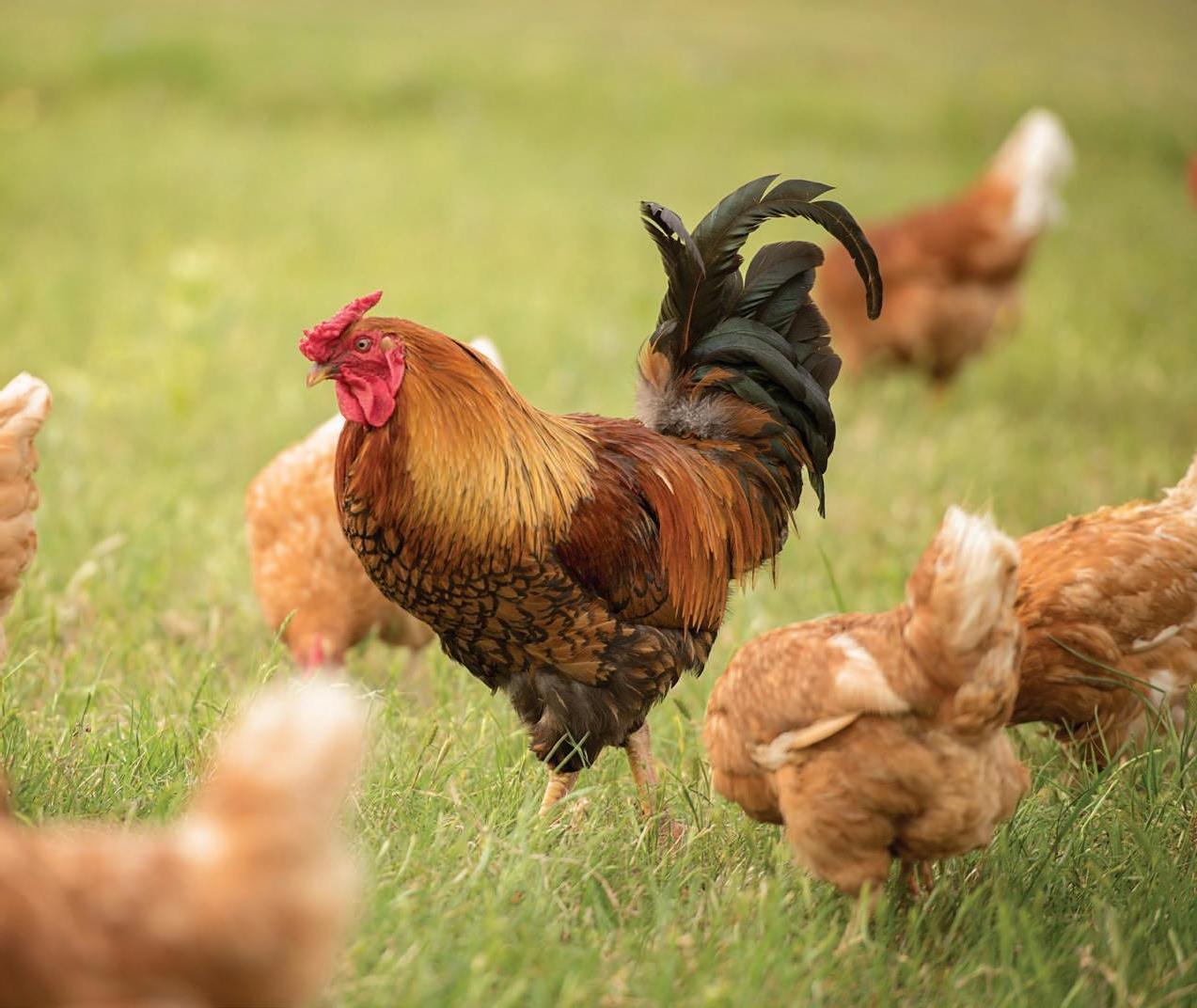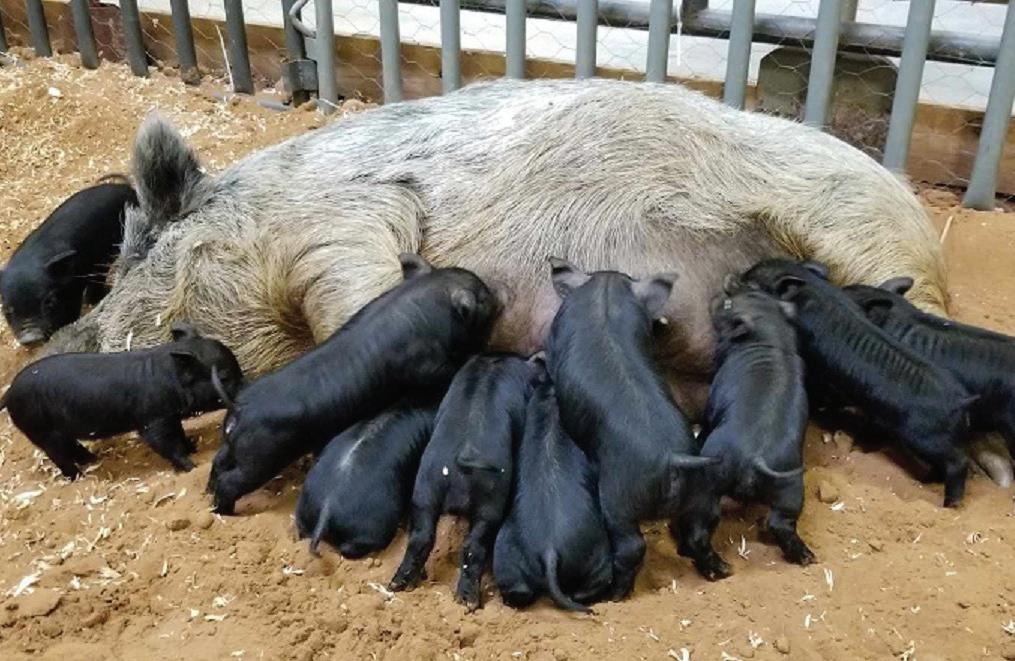
2 minute read
Salmonella is No Yolk when Raising ChickensBackyard
City dwellers and suburbanites have flown the coop, so to speak. A growing interest in raising chickens has enabled coops and nesting birds to spring up in neighborhoods one would not typically associate with chickens.
Sometimes dubbed “urban homesteading” or “urban farming,” these homegrown operations enable people to enjoy fresh eggs from the comfort of home. Henhouses are just another extension of methods to reap the benefits of fresh, local and nonfactory-produced foods. Although advocates insist that raising chickens on a small scale makes the birds less likely to carry disease than factory-farmed chickens, anyone raising chickens needs to be aware of the potential for disease — particularly salmonella. Also, it’s important to care for chickens in a manner that is humane and in line with local laws.
What is salmonella?
Salmonella is a common bacteria that lives in the intestinal tract of humans, other mammals and some birds, including chickens. The U.S. Centers for Disease Control and Prevention estimates that approximately 1.2 million illnesses and 450 deaths are attributed to salmonella annually in the United States. The illness causes diarrhea, fever and abdominal cramps between 12 and 72 hours after infection and can last between four and seven days. Salmonella can cause death when not properly treated with antibiotics.
Spreading salmonella
Although humans cannot catch salmonella from chickens the way one would contract a cold, they can catch it through handling or consuming eggs of infected birds. The rural newsletter and farming resource Grit says salmonella can then be transmitted to humans who eat improperly cooked meat or eggs from infected birds or from putting their hands in your mouths after touching chickens or eggs that have come in contact with contaminated rodent or chicken feces. The elderly, people with weakened immune systems and young children are at the highest risk for salmonella infection than others. Children who help gather eggs and do not thoroughly wash their hands afterward can be at increased risk.
Reducing risk
Maintaining clean conditions and routinely inspecting chickens for good health can help lower the risk of salmonella infection. Chicks and adult chickens that have salmonella may produce loose yellow or green droppings; have a drop in egg production, increased thirst and decreased feed consumption; and show signs of weight loss. Look for rodents in the henhouse, as infected mice or other small rodents may transmit salmonella as well.
Chickens also need safe, roomy clean conditions to remain healthy and content. According to the resource MyPetChicken, a diet of whole grains and seeds also may be associated with decreased salmonella colonies.
Some experts warn against washing eggs as a preventative method. According to a report written by Diane Schivera, an organic livestock specialist for the Maine Organic Farmers and Gardeners Association, thoroughly cleaning egg shells can remove a protective “bloom” that prevents bacteria from entering eggs. Eggs shouldn’t be scrubbed, but some suggest a warm water rinse that will push dirt away from the shell’s pores.
Old eggs and washed eggs are more susceptible to bacteria penetration. Washed eggs should always be kept refrigerated. Buying fresh eggs from a farmer that are unwashed and unrefrigerated will keep best if they are refrigerated as soon as you get them home. Individuals should wash their hands after handling eggs.






